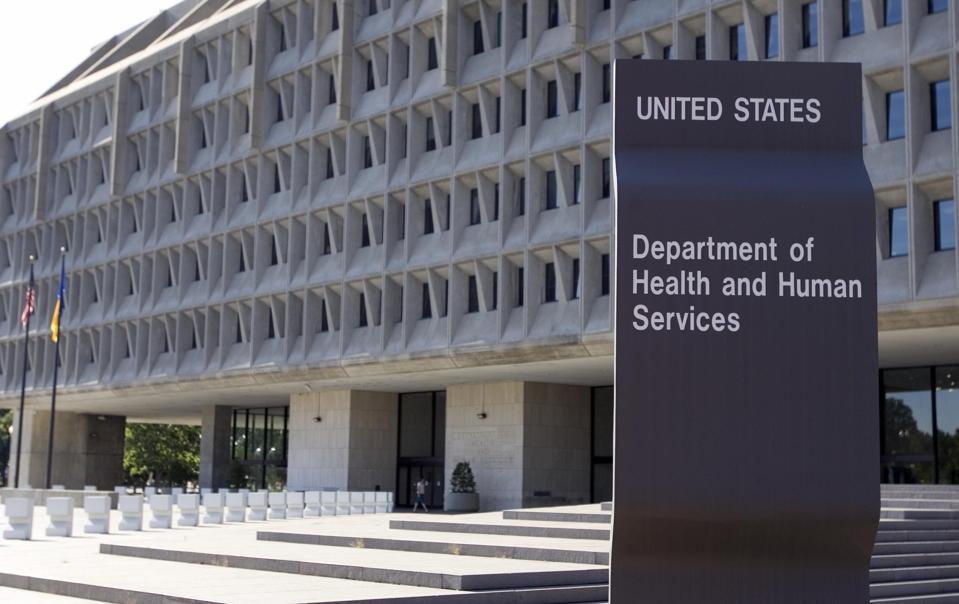The U.S. Department of Health and Human Services will cut 10,000 full-time jobs and shut down several health agencies in an effort to restructure the department. The department will downsize from 82,000 to 62,000, because 10,000 workers have already taken early retirement and voluntary separation offers from the Trump administration.
Although the massive layoffs have been part of the initiative of the Department of Government Efficiency to decrease spending, the cuts could have profound effects on the health and well-being of Americans. Here’s how.
Disease Detection And Response
The layoffs involve 2,400 jobs at the Center for Disease Control and Prevention, which does not include the hundreds of probationary workers that were already let go last month. Employees at the CDC are tasked with responding to infectious disease threats like measles, implementing prevention programs for potential outbreaks like bird flu and communicating effective messages to the public so Americans can stay safe. With thousands of less employees staffing the center, the ability to monitor and contain diseases effectively could be hindered.
Even when fully staffed, the response to diseases thus far has been less than optimal. The bird flu has been difficult to control as one elderly individual already died after being infected, and measles has spread across 19 states to 483 individuals this year alone. Imagine trying to control these public health threats with thousands of less workers.
Concerns Surrounding Drug And Food Safety
The Food and Drug Administration, which sets safety standards for medical devices, drugs and food; will see a reduction of 3,500 workers. This degree of downsizing may slow the approval process for many lifesaving drugs and delay inspection of food processing facilities.
As an example, once the application for a new drug is submitted to the FDA, the agency has six to ten months to approve the drug. Less employees mean less manpower to evaluate the safety and efficacy of new drugs that could dramatically impact diseases like cancer, diabetes and heart failure that affect millions of Americans.
Research Setbacks
The National Institute of Health, the leading organization in public health research, will be cutting 1200 jobs. Institutions of higher learning are already potentially facing enormous funding cuts with a cap of indirect costs to federal research grants to 15%, which translates to hundreds of millions of dollars that will not be granted to many universities.
The Trump administration also recently announced pulling back over 11 billion dollars in COVID funding which includes research into long COVID. These reductions in funds and staff could threaten thousands of research projects, delay innovation in scientific advancements and limit new treatments for diseases. Nearly 20 million Americans live with long COVID, and stunting research efforts will significantly curtail efforts to find a viable cure for the disease.
Health Insurance Access
The Center for Medicare and Medicaid Services will get rid of 300 employees. CMS oversees Medicare, Medicaid, and the Affordable Care Act marketplace. The cuts will primarily affect caseworkers that assist Affordable Care Act consumers and Medicare beneficiaries if they can’t be helped by call center personnel.
There are more than 65 million Americans currently enrolled in Medicare and more than 24 million Americans enrolled in the Affordable Care Act marketplace for health insurance. Less CMS staff means these millions of Americans could face significant hurdles in getting questions answered or enrolling in benefits and plans with respect to health coverage.
The massive layoffs at HHS represent a significant shift in the government’s approach to public health. Although intended to reduce costs, the staffing cuts could have profound and potentially adverse effects for millions of Americans.

